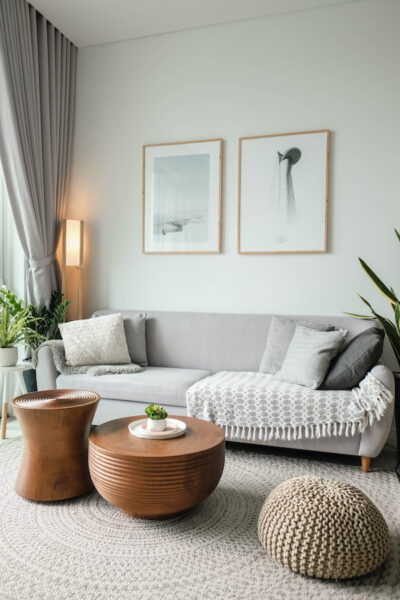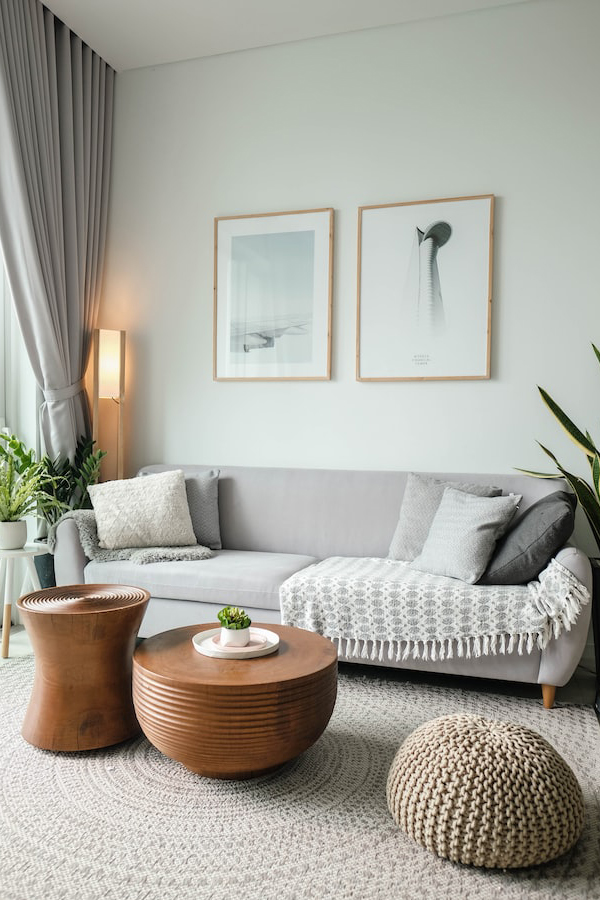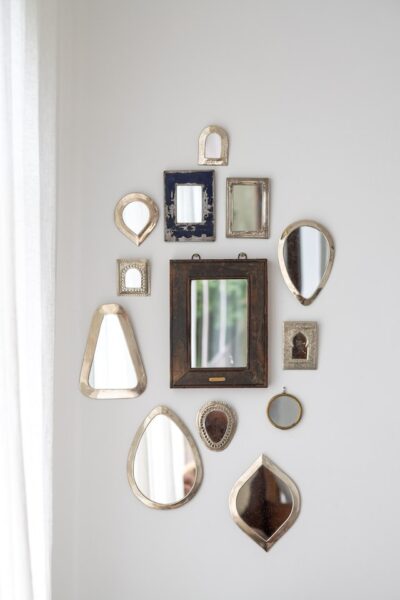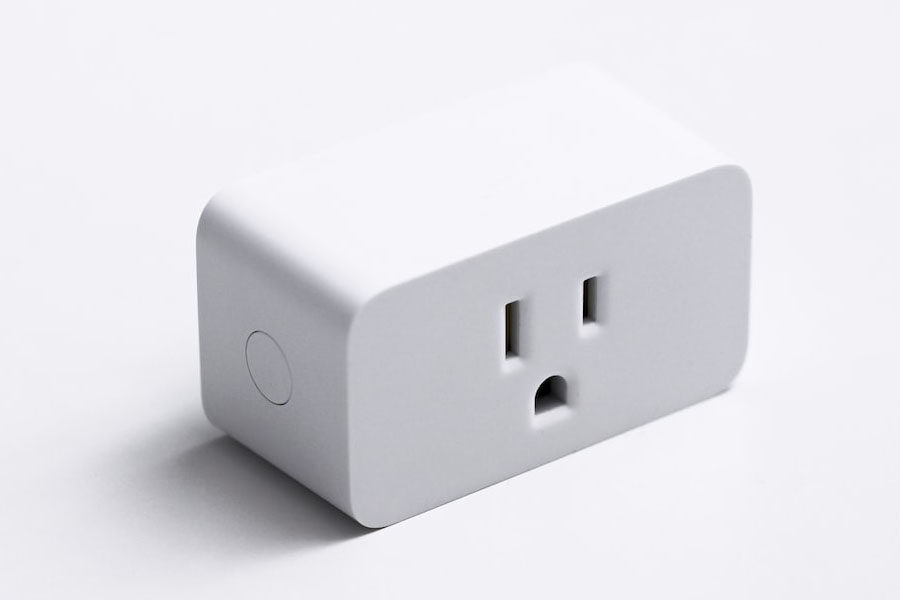
When it comes to decorating your home, the right wall art can make a big impact. Not only does it add personality and style to a space, but it can also tie a room’s design together. However, with so many options available, it can be overwhelming trying to choose the perfect pieces for your home. Here are 10 tips to help you pick the best wall art for your space:
- Consider The Size of Your Wall and The Size of The Art
- Think about the color scheme of the room
- Choose a theme or style
- Consider the mood you want to create
- Mix and match different styles and sizes
- Look for quality materials
- Choose meaningful pieces
- Utilize empty wall space
- Invest in statement pieces
- Don’t be afraid to mix and match
Let’s discuss them in detail.
1. Consider the Size of Your Wall and the Size of the Wall
When selecting wall art for your home, it’s important to consider the size of your wall. And how the size of the art will fit in relation to the room and other pieces of art. Additionally, the size of the art in relation to each other and the room should also be taken into consideration.
Here are some examples of how to properly consider the size of your wall and the size of the art:
- For a small wall in a small room, such as a powder room or entryway, choose a small piece of art or a grouping of smaller pieces. This will prevent the art from overwhelming the space.
- For a large wall in a large room, such as a living room or dining room, choose a large piece of art or a grouping of multiple large pieces. This will make a statement and fill the space appropriately.
- For a small wall in a large room, choose a small piece of art or a grouping of smaller pieces. This will prevent the art from feeling lost in the large space.
- For a large wall in a small room, choose one large piece of art or a grouping of smaller pieces. This will prevent the art from overwhelming the small space.
It’s also important to consider the height of the wall and the placement of the art. A piece of art that is too low on the wall can feel out of balance. Meanwhile a piece that is too high can be difficult to view.
2. Think About the Color Scheme of the Room
Next thing to consider when choosing wall art for your home is the color scheme. The right colors can bring a space to life and make it feel cohesive. But the wrong colors can clash and distract from the overall design.
Here are some examples of how to consider the color scheme of the room when choosing wall art:
- If the room has a neutral color scheme, such as beige or white, choose wall art that adds pops of color. For example, a colorful abstract painting or a photograph with vibrant hues can bring the space to life.
- If the room has a bold color scheme, such as red or purple, choose wall art that complements the colors. For example, a black and white photograph or a piece of art with similar tones can balance out the bold hues.
- If the room has a monochromatic color scheme, such as all shades of blue, choose wall art that adds texture and interest. For example, a mixed media piece or a piece with intricate details can break up the monotony of a single color.
- If the room has a mismatched color scheme, such as a mix of patterns and hues, choose wall art that ties the colors together. For example, a piece with a neutral color palette or a piece that incorporates elements of the room’s color scheme can help create a cohesive look.
3. Choose a Theme or Style
When choosing wall art for your home, it’s important to consider the theme or style you want to create. This will help narrow down your options and ensure that the art fits in with the overall design of the room.
Here are some examples of how to choose a theme or style when selecting wall art:
- If you want a modern theme, choose abstract or minimalistic pieces that feature clean lines and simple shapes. For example, a black and white abstract painting or a metallic sculpture can add a contemporary touch to the space.
- If you want a traditional theme, choose representational pieces that feature realistic subjects and classic styles. For example, a portrait or a landscape painting in a classic frame can add a timeless feel to the room.
- If you want a rustic theme, choose pieces that feature natural materials and earthy colors. For example, a wood carving or a piece of art made from recycled materials can add a rustic touch to the space.
- If you want a bohemian theme, choose pieces that feature bold colors, patterns, and textures. For example, a tapestry or a piece of art with intricate details can add a bohemian flair to the room.
4. Consider the Mood You Want to Create
Wall art can set the tone for a room and influence the overall mood of the space. When choosing wall art for your home, it’s important to consider the mood you want to create and choose pieces that match that mood.
Here are some examples of how to consider the mood you want to create when selecting wall art:
- If you want to create a calming and relaxing mood, choose pieces that feature soft colors and peaceful subjects. For example, a pastel abstract painting or a photograph of a beach can add a tranquil feel to the space.
- If you want to create a bold and energizing mood, choose pieces that feature bright colors and dynamic subjects. For example, a colorful abstract painting or a photograph of a cityscape can add a vibrant touch to the room.
- If you want to create a romantic mood, choose pieces that feature warm tones and intimate subjects. For example, a piece of art with a love-themed subject or a piece with a soft, pink color palette can add a romantic feel to the space.
- If you want to create a cozy and welcoming mood, choose pieces that feature warm tones and homely subjects. For example, a photograph of a fireplace or a piece of art with a comfort-themed subject can add a cozy touch to the room.
5. Mix and Match Different Styles and Sizes
Mixing and matching different styles and sizes of wall art can add interest and depth to a room. It can also allow you to showcase a variety of pieces that reflect your personal style and tastes. When choosing wall decor for your home, don’t be afraid to mix and match different styles and sizes.
Here are some examples of how to mix and match different styles and sizes when selecting wall art:
- Create a gallery wall by grouping together a variety of small to medium-sized pieces of different styles and subjects. This can add visual interest and create a cohesive look.
- Pair a large, statement piece of wall art with smaller pieces that complement it. For example, you can hang a large abstract painting over a couch and display smaller pieces of art, such as photographs or prints, on nearby walls.
- Mix and match different styles, such as modern and traditional, to create a unique and eclectic look. For example, you can hang a traditional landscape painting next to a modern abstract sculpture.
- Combine different media, such as paintings, prints, and photographs, to add variety to the room. For example, you can hang a photograph of a beach next to a print of a cityscape to create a contrast of subjects.
Finally, just be sure to consider the overall color scheme and theme of the room to ensure a cohesive look.
6. Look for Quality Materials
When choosing wall art for your home, it’s important to look for quality materials. This will ensure that the pieces will last longer and look better. Quality materials, such as canvas or metal, can withstand the test of time and maintain their appearance over the years.
Here are some examples of quality materials to look for when selecting wall art:
- Canvas: Canvas is a popular choice for wall art because it is durable and can withstand wear and tear. It is also a versatile material that can be used for a wide range of styles and subjects, from abstract paintings to photographic prints.
- Metal: Metal wall art, such as sculptures or prints, adds a modern touch to a space. It is also a durable material that is resistant to fading and discoloration.
- Wood: Wood wall art, such as carvings or prints, adds a natural touch to a space. It is a durable material that can withstand wear and tear and maintain its appearance over time.
- Acrylic: Acrylic wall art, such as paintings or prints, adds a modern and sleek look to a space. It is a durable material that is resistant to fading and discoloration.
7. Choose Meaningful Pieces
Choosing meaningful pieces of wall art can add personal significance and depth to a room. These pieces can tell a story and be a source of inspiration or motivation. When selecting wall decor for your home, consider choosing pieces that have personal significance or that tell a story.
Here are some examples of meaningful pieces of wall art:
- A piece of art that represents your hobbies or interests, such as a photograph of a beach if you love the ocean, can add personal meaning to the space.
- A piece of art that has sentimental value, such as a family portrait or a piece given to you as a gift, can add emotional significance to the room.
- A piece of art that serves as a reminder of a special place or moment, such as a photograph of a vacation destination or a piece inspired by a memorable experience, can add a sense of nostalgia to the space.
- A piece of art that inspires or motivates you, such as a quote print or a piece with a positive message, can add a sense of purpose to the room.
8. Utilize Empty Wall Space
Empty wall space can be a missed opportunity to add style and interest to a room. When choosing wall art for your home, consider utilizing empty wall space to add visual interest and depth to the space.
Here are some examples of how to utilize empty wall space when selecting wall art:
- Fill a large empty wall with a single, large piece of wall art, such as a canvas painting or a metal sculpture. This will make a statement and add visual impact to the space.
- Create a gallery wall by grouping together a variety of small to medium-sized pieces of wall art. This can add visual interest and create a cohesive look.
- Hang a series of photographs or prints in matching frames to create a cohesive look. This can add depth to the wall and create a sense of movement.
- Hang a large piece of wall art above a piece of furniture, such as a couch or a bed, to create a focal point in the room.
9. Invest in Statement Pieces of Wall Art
Investing in a statement piece of wall art can be a worthwhile investment. It can make a big impact in a room and be a conversation starter. When choosing wall art for your home, consider investing in a statement piece that reflects your personal style and tastes.
Here are some examples of statement pieces of wall art:
- A large, abstract painting with bold colors and brushstrokes can make a statement and add a contemporary touch to a space.
- A metal sculpture with intricate details and a unique shape can add a modern and artistic touch to a room.
- A colorful, oversized photograph or print can add a bold and eye-catching touch to a space.
- A tapestry with intricate patterns and textures can add a bohemian flair to a room and serve as a conversation starter.
10. Don’t be Afraid to Mix and Match
Mixing and matching different types of wall art, such as paintings, prints, and photographs, can add interest and depth to a room. When choosing wall decor for your home, don’t be afraid to mix and match different types of art to create a dynamic and personalized look.
Here are some examples of how to mix and match different types of wall art:
- Hang a series of photographs or prints in matching frames to create a cohesive look. This can add depth to the wall and create a sense of movement.
- Pair a large, statement piece of wall art with smaller pieces that complement it. For example, you can hang a large abstract painting over a couch and display smaller pieces of art, such as photographs or prints, on nearby walls.
- Combine different media, such as paintings, prints, and photographs, to add variety to the room. For example, you can hang a photograph of a beach next to a print of a cityscape to create a contrast of subjects.
- Mix and match different styles, such as modern and traditional, to create a unique and eclectic look. For example, you can hang a traditional landscape painting next to a modern abstract sculpture.
At last, just be sure to consider the overall color scheme and theme of the room to ensure a cohesive look.
NWT Personalized Pictures to Canvas for Wall Art
Since we have discussed the importance of choosing wall art that reflects your personal style and enhances the overall mood and theme of a room, we thought it would be helpful to introduce you to a wall decor that you have the ability to customize as you prefer.
The NWT Personalized Pictures Canvas is a customizable wall art product. It allows you to create a unique piece of art by uploading your own photos to be printed on a canvas. This product offers a range of features that make it a great option for adding personal touches to your home decor.
One of the main features of the NWT Personalized Pictures Canvas is its customization options. You can upload up to 10 of your own photos to be printed on the canvas. Also can choose from a variety of sizes and styles to create a piece of art that fits your space and your personal taste. The product also comes with a variety of customization options, such as the ability to add text and choose from different color schemes.
In addition to its customization options, the NWT Personalized Pictures Canvas is also made with high-quality materials. The canvas is printed with high-definition printing technology, ensuring that your photos will be crisp and vibrant. The canvas is also stretched over a wooden frame, giving it a professional, gallery-quality finish.
How to Take Care of Your Wall Art?
By following these tips, you can help keep your wall art looking its best for years to come.
- Avoid placing wall art in direct sunlight or in damp areas, as this can cause fading or damage to the artwork.
- Use a soft, dry cloth to dust wall art regularly. Avoid using water or harsh cleaning products, as these can damage the artwork.
- If your wall art is made of canvas, avoid touching the surface of the canvas as much as possible to prevent oils from your skin from transferring to the artwork.
- If your wall art is made of paper, consider using a frame with UV-protective glass to help protect the artwork from fading or discoloration.
- If your wall art is particularly valuable or delicate, consider having it professionally cleaned and restored if it becomes damaged.
- If you need to move your wall art, be careful to handle it gently and avoid bending or creasing it. Use two hands to lift and carry the artwork, and consider using protective wrapping or packaging to prevent damage during transport.
- Consider storing your wall art in a dry, cool place when it is not being displayed to help protect it from damage.
Conclusion | Tips for Choosing the Perfect Wall Art for Your Home
In conclusion, choosing the perfect wall art for your home can enhance the overall mood and theme of a room. Moreover, it will add a personal significance and depth too. By considering factors such as size, color scheme, theme, mood, quality materials, meaningful pieces, and the opportunity to mix and match different styles and sizes, you can select wall decor that reflects your personal style and adds value to your home. Don’t be afraid to invest in statement pieces or utilize empty wall space to create a cohesive and dynamic look. With these tips in mind, you can choose the perfect wall art for your home and create a space that reflects your values and interests.
You can also read more about modern tech items like smart locks, smart lighting, smart security cameras, smart humidifiers, smart doorbells, smart thermostats etc, that helps to give your home a nice and smart touch with us.




